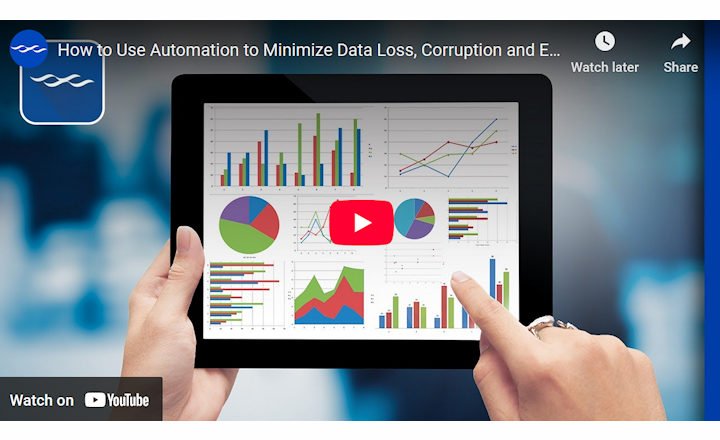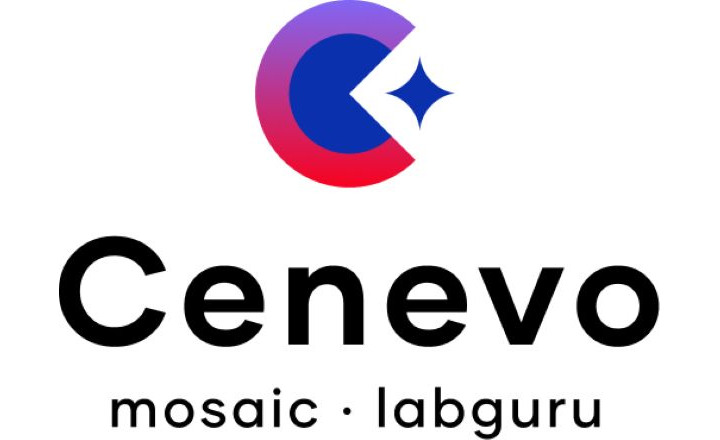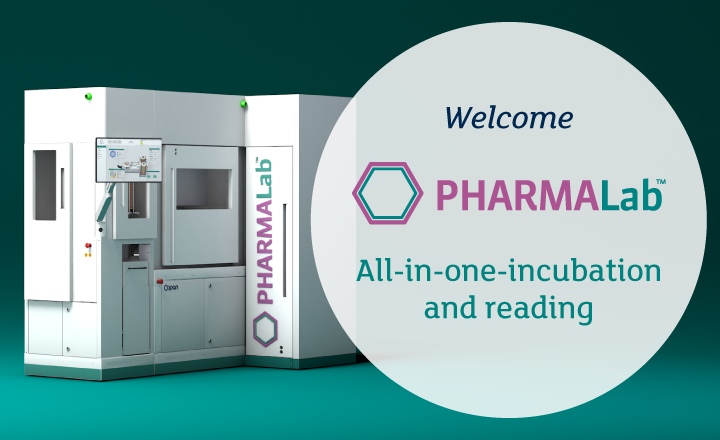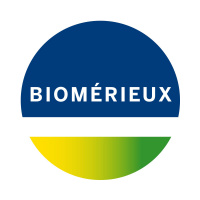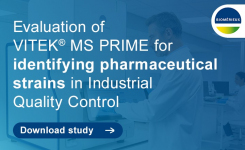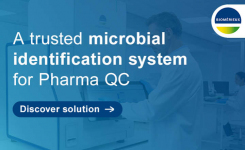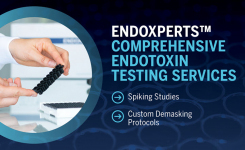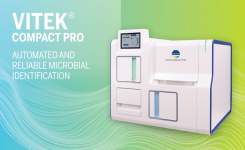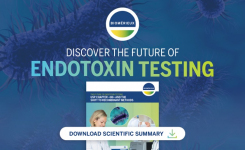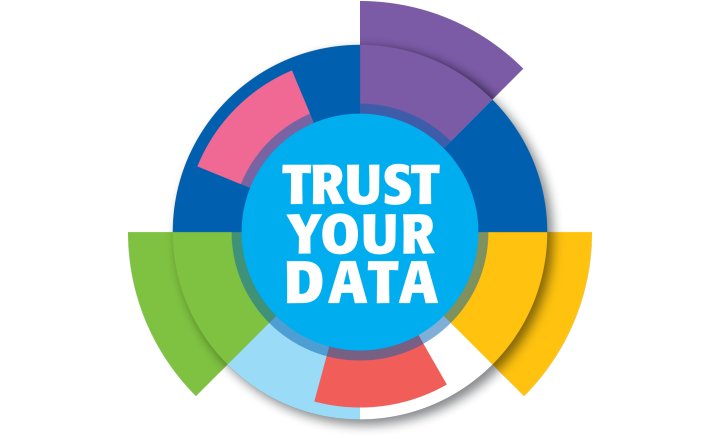
Article by Sandra Gay PhD., Pharma Marketing Manager at bioMérieux
Microbiology is largely believed to be the last bastion of manual sampling and handling, giving it the reputation of being far from any possible data integrity friendly solution. This is not necessarily true however. Data integrity is a company culture, achievable with paper and manual solutions. The regulations are clear on this point. Having said that, paper and manual handing of data are not necessarily the easiest ways of treating data.
The risk of error is increased, and even with all the good will in the world, handling of petri dishes, making sure the right plate is incubated at the right temperature for the correct amount of days, doing the reading and enumeration of any potential growth, reporting the results on paper reporting the result again on an electronic format , are all activities that are prone to errors when paper based.
The impact of error on the Quality Control laboratory is complex. Without a doubt, the biggest risk is the impact on patient health if the error induces a non-detected contamination. The handling of so much data often requires a second reader to validate the data, and any error will require an invalidation of the test. The time and resources allocated to such data management seriously hinder the productivity of the microbiology laboratory, in addition to enhancing the risk of not being compliant (and potentially failing inspection or audit).
Data integrity, when taken seriously can be a productivity partner for the microbiology lab. For example, using systems like incubators-readers of petri dishes will contribute to stabilizing the microbiology quality control processes and streamline the workflow through complete automation of the traditional microbiological control. Data integrity is not just a theoretical concept designed to make inspections more difficult.
It can actually add value to pharmaceutical businesses by increasing productivity, saving costs by producing less errors, as well as requiring less resources for double reading, test invalidation and data reporting. These systems will also help pharmaceutical companies react more quickly with faster alerts for Out of Specification results in the enumeration samples, or offer the possibility to go back to the plates pictures and review growth patterns of plates displaying questionable results to reveal behaviors like swarming.
21 CFR Part 11 compliance mentioned on the instrument documentation gives the assurance that the system includes technical and procedural controls that contribute to data integrity. 21 CFR Part 11 is only one part of the bigger picture of data integrity.
A microbiological control system in the pharmaceutical industry should provide ALCOA + data (Attributable, Legible, Contemporaneous, Original, Accurate, Complete, Consistent, Enduring, Available) with a readable audit trail. What is the use of an audit trail if it is unintelligible the day the pharmaceutical company gets an inspection, or if it only provides a given group of non-selected data.
Available data during the audit trail could simply be a search routine imbedded in the audit trail to help the pharmaceutical industry focus on what really matters. Data integrity is a company culture that goes beyond 21CFR11, audit trails or barcoding. Those are a very good start of course. It’s as important to make sure the vendor of the system has data integrity as a mindset within his own company.
As stated by a group of pharmaceutical industry experts in the PDA technical report 33: “vendors should have in place an appropriate quality system for designing, manufacturing, testing and release of equipment, software, reagents and consumables throughout the technology life cycle. Implementing in the development processes of the vendors tools like traceability matrices are basics for data integrity imbedded into the life cycle of the instruments or solution that in the end will be used to make sure the product is safe for the patient health.”
Download the bioMérieux White Paper on Ensuring Data Integrity by Automated Microbiology Testing - visit go.biomerieux.com/data-integrity



